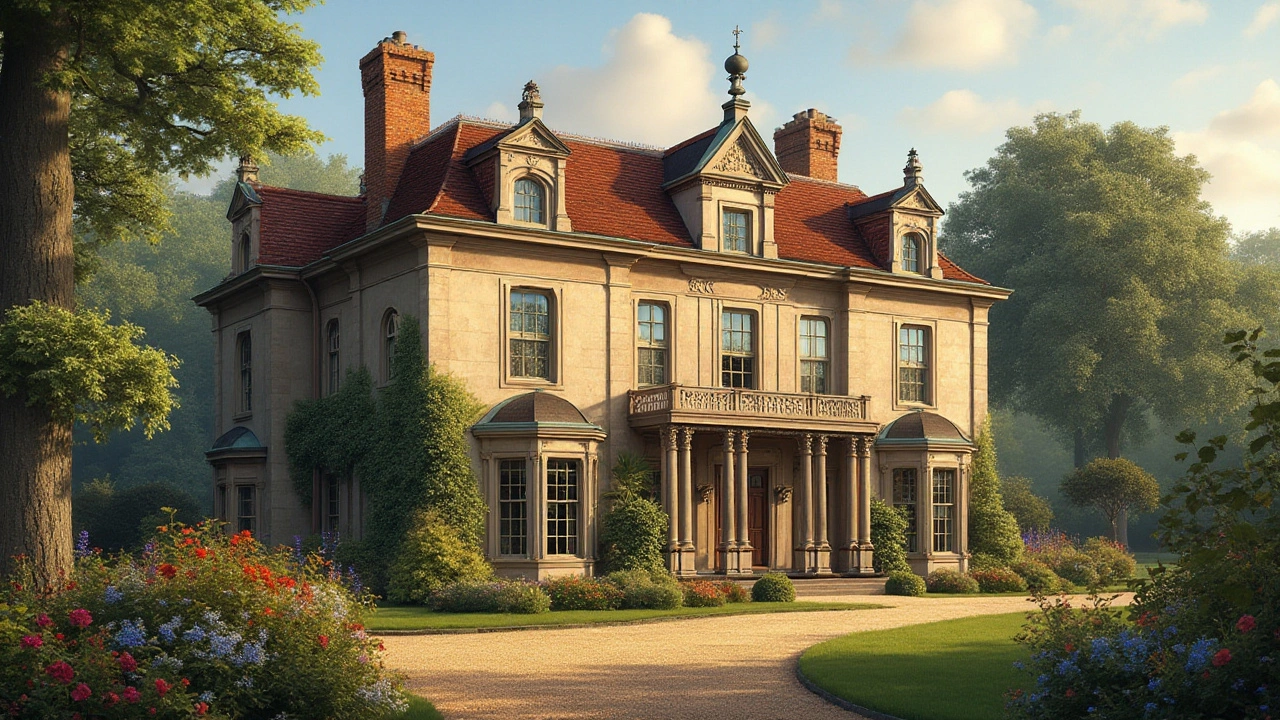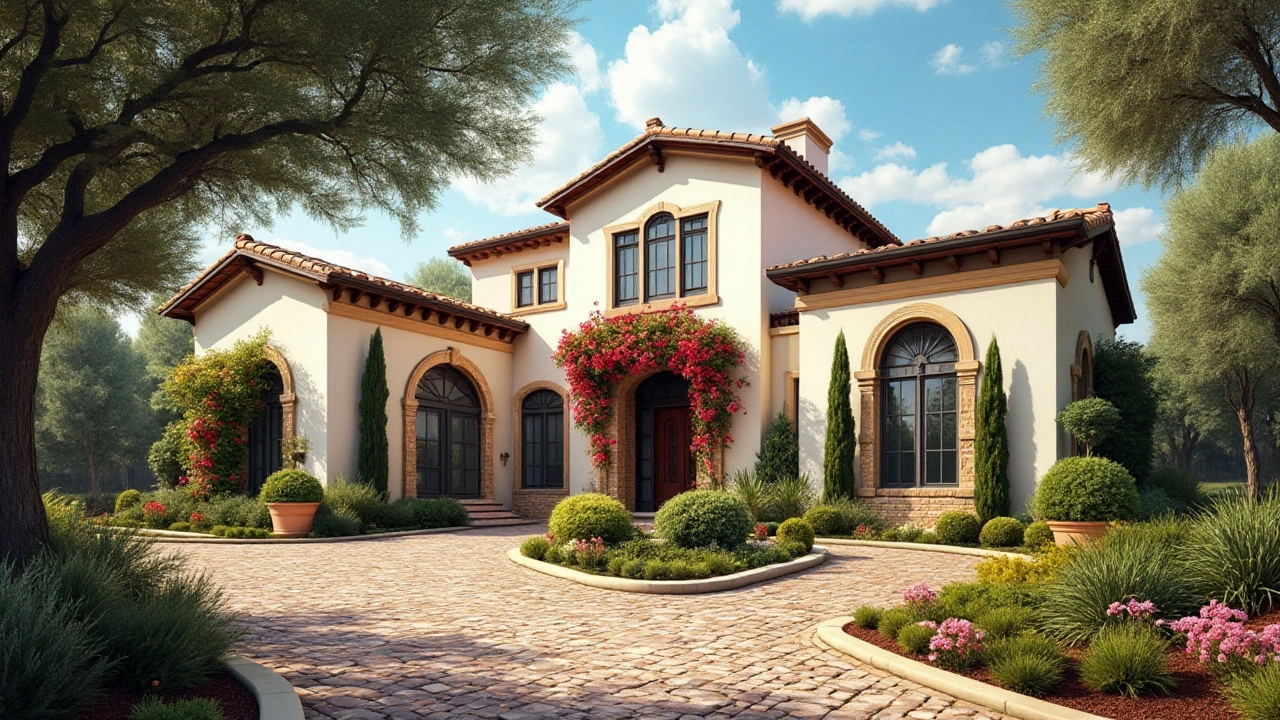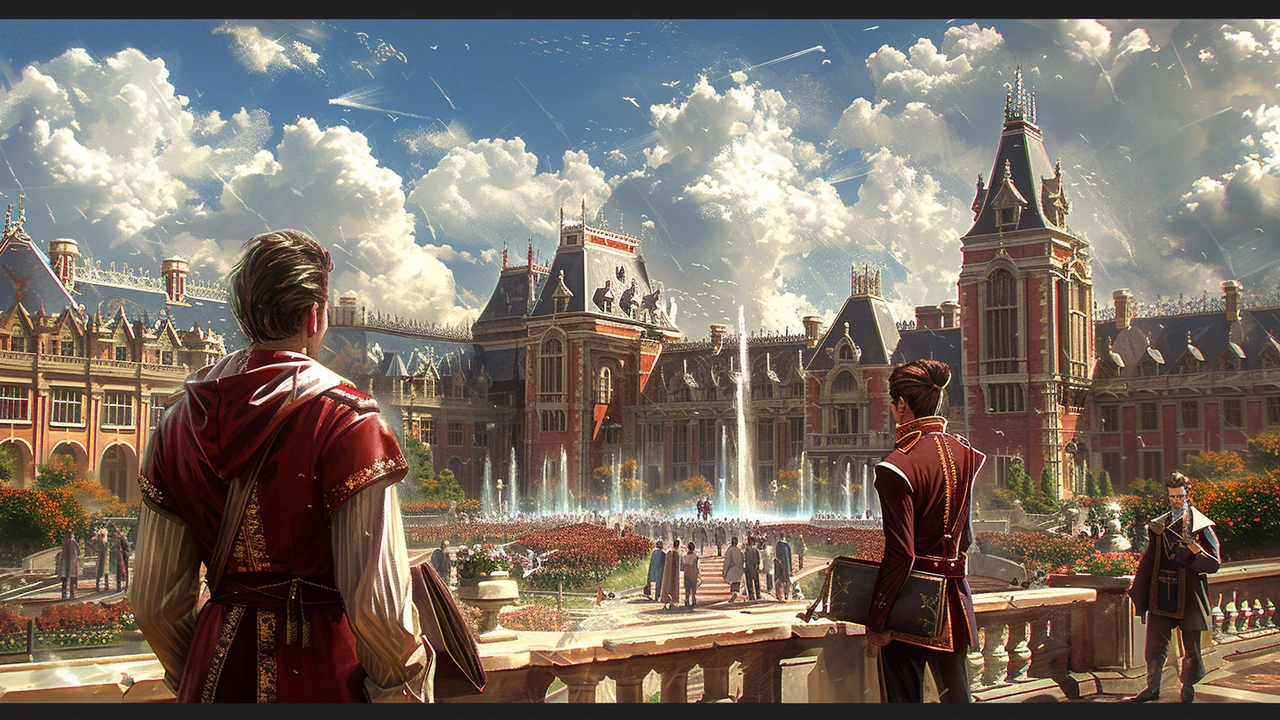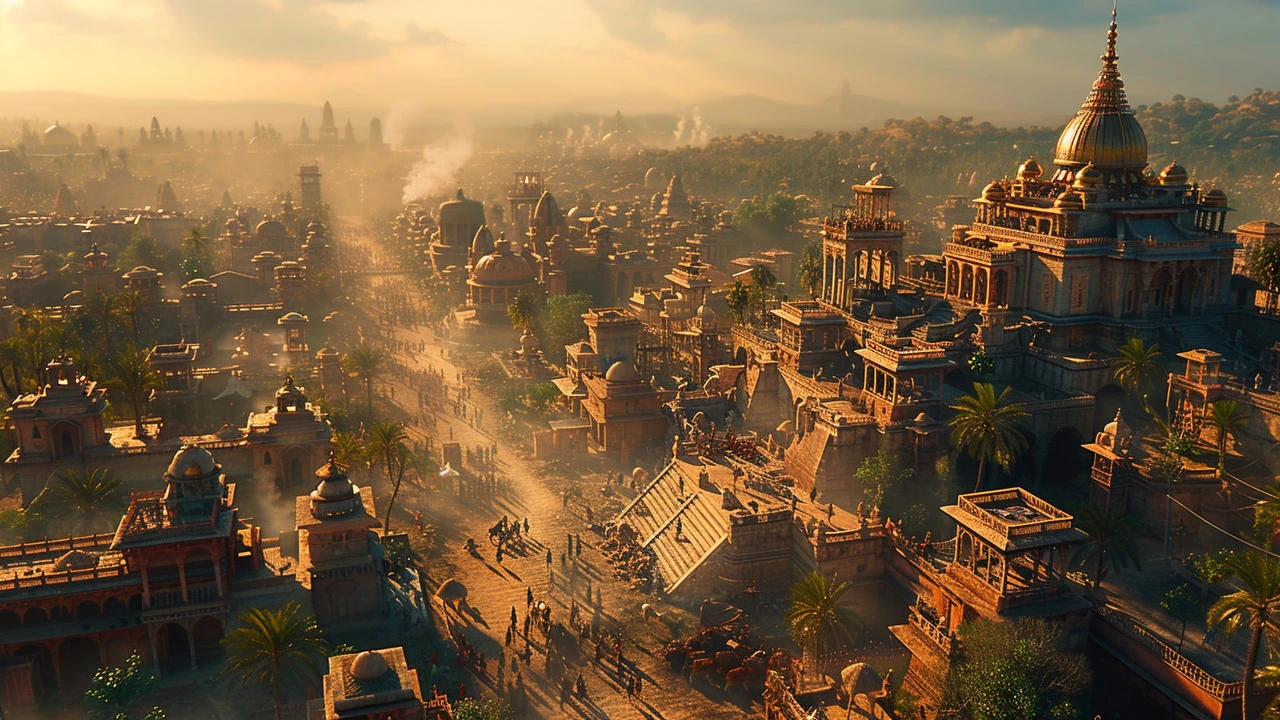Italianate architecture, a style that flourished from the mid-19th century, showcases grandeur through its unique blend of Italian Renaissance and picturesque aesthetics. Known for its distinctive features such as wide eaves with decorative brackets, tall windows, and cupolas, Italianate architecture brought a touch of European elegance to residential and public buildings. This article delves into the history, defining characteristics, and the cultural resurgence of this architectural style. Discover the craftsmen who brought Italianate to life and learn tips for recognizing these architectural gems today.
Historical Design: Easy Guide to Styles, Features, and Practical Tips
Old buildings shape how we live, work, and move through cities. Historical design covers a wide range of styles—from ancient Roman engineering to Georgian brickwork and Beaux-Arts grand facades. This guide helps you recognize common styles, spot telling details, and use old design smartly in modern projects.
What historical design looks like
Classical styles (Greek Revival, Roman) lean on columns, pediments, symmetry, and clear proportions. Renaissance and Beaux-Arts add classical order but push ornament: domes, carved stone, and dramatic entrances. Georgian and Colonial favor balanced windows, sash styles, and brick or clapboard exteriors. Baroque is theatrical—curves, heavy decoration, and movement. Later movements tagged as historical—like Constructivist or early Modernist—flip classical rules: bold geometry, new materials, and visible structure. Knowing these basics makes it easier to place a building in its time.
How to spot key features fast
Start with the silhouette. Flat roofs and steel-glass skins often point to modern movements; pitched roofs, chimneys, and clay tiles lean older or regional. Check windows: sash windows and multi-pane glazing indicate 18th–19th century homes; large uninterrupted panes suggest later industrial or modern eras. Look at entrances and ornament: heavy stone steps, carved lintels, and columns usually mean classical influence; playful color, tiles, and arches often signal Mediterranean or revival styles. Finally, materials tell a story—brick patterns, rusticated stone, or original timber help date a building and reveal local craft traditions.
Want a quick ID trick? Match two features: roof type + window style. If both line up with a known era, you’re usually right. If features clash, the building was likely altered over time.
Practical tip for walkers: take photos of corners, windows, and cornices. They hold the best dating clues.
Practical advice for owners and renovators
When you work on a historical place, keep what tells the story. Preserve windows, door surrounds, and distinctive moldings when possible. If you must replace elements for safety or efficiency, match scale and proportion rather than adding overly modern pieces that fight the original design. Use reversible changes—new systems that can be removed later—so future stewards can restore original work. For energy upgrades, add insulation inside walls, secondary glazing, or storm windows that don’t damage historic frames.
Also, check local heritage rules early. Small changes often need approval, and early planning saves time and money. If you’re not saving a whole building, think about reusing parts: doors, mantels, and tiles can give a new project instant character.
Curious about specific styles or nearby examples? Walk your neighborhood with this checklist and you’ll start seeing how historical design is stitched into today’s cities. Want help identifying a building or planning a sensitive update? Ask—I'm happy to help you break it down.
Mediterranean Revival Architecture is an enchanting style that draws inspiration from the sun-drenched coasts of Spain, Italy, and Greece. Emerging in the late 19th and early 20th centuries, it brings a touch of Old World elegance through its characteristic terracotta roofs, arched windows, and stucco walls. This architectural approach captures the essence of beauty and harmony, making it a popular choice for homes in warm climates. Dive into the elements that define this captivating style and learn tips on incorporating its timeless allure into modern designs.
Colonial architecture continues to capture the imagination of designers and homeowners alike. This article delves into the historical significance and modern application of colonial design elements. It explores how the charm of these structures is being preserved and adapted for contemporary use. Readers will discover practical restoration tips and the reasons behind the enduring appeal of colonial styles. Embark on a journey through time as we revive the old-world beauty in today's architectural landscape.
Tudor architecture, originating in the late medieval period of England, continues to cast a significant influence on modern design. Characterized by its distinctive timber framing, steeply pitched gables, and elaborate masonry, Tudor style finds its echoes in contemporary homes worldwide. By blending historical elements with modern sensibilities, it provides a timeless charm and functionality. The article explores this fascinating architectural evolution and offers insights into integrating Tudor influences into today’s design landscape.
Hi there! Just recently, I've been deeply diving into the fascinating world of Tudor Architecture. It's an incredible tapestry, rich with history and unique design elements. Did you know this architectural style combines a variety of design influences, from the Medieval to the Renaissance periods? It's a testimony to the artistic vision of the era in the English Renaissance. I'd love for you to join me in exploring the intriguing facets of Tudor Architecture in my latest post.
Well, folks, buckle up for a quick trip back in time as we unveil the magic behind Renaissance architecture! This is no joke, but if you think about it, the Renaissance architects were probably the original 'rebels with a cause', breaking away from Gothic's gloom and doom. With a dash of symmetry, a sprinkle of proportion, a hefty dollop of columns, and classic Greek and Roman influences, they whipped up architectural masterpieces that still wow us today. Don't even get me started on how they played with light and shadow to create a dramatic flair! So, next time, when you see a building that makes you go 'Wow, that's balanced', chances are, you're admiring a slice of the Renaissance.






